Sink or Swim: What Kind of Automotive Startup Will Byton Be?

After showcasing its first concept vehicle at CES 2018, electric car startup Byton has come back with another for CES Asia. On Monday, the company also announced it had recently raised more than half a billion dollars in capital.
Byton looks to be on the right path, but the trail it’s marching down has already been taken by other EV startups and resulted in failure. For example, Faraday Future drove itself into a brick wall after failing to deliver on its promises for two years straight. It suffered development delays on its prototype, engaged in some sketchy deals, and practically collapsed when its main Chinese backer ran out of money. That isn’t to presume Byton is the same kind of company, but it’s offering the same type of car under vaguely similar circumstances.
Loaded with tech, Byton’s autonomous, all-electric K-Byte sedan and its SUV sibling (the M-Byte) are right in line with every manufacturers’ future vehicle concepts. They’re perpetually connected to the web, capable of self-driving, and chock full of touchscreens. But they aren’t real cars yet, even though the startup suggests they’ll be available for just $45,000 — and relatively soon. The SUV will apparently go into production in 2019, with the sedan following by 2021.
Tesla Motors is the shining example of what an electric startup can become with enough hard work and good fortune. While still heavily dependent on investors and perpetually in the red, the company managed to produce some of the most technologically impressive vehicles the world has ever seen — and manages to keep building them. However, even a winner like Tesla can run into trouble. We’ve seen serious production setbacks, broken promises, and bad publicity.
Nobody said becoming an automaker is easy. But how can Byton seriously believe it will be able to deliver a superior product at such a competitive price in just a few years?
Let’s start by breaking down what the brand is offering and how realistic it is. The company wants to build two models, starting with the $45,000 SUV. The vehicle is supposed to possess Level 4 autonomy by 2020, which seems to presume the base models either lack the necessary sensing hardware or will be limited to Level 3 at launch, and a 49 inch screen that spans the entire dashboard. It’s also said to have a touch screen embedded in the steering wheel, gesture controls, swiveling chairs, internet connectivity, and internal cameras that recognize passengers and load in whatever settings they’ve pre-approved.
While Byton says it intends to bring all of these features to market, we’re unconvinced that the screens are even feasible. Airbag regulations would make placing an LCD in the steering wheel impossible and the company would have to figure out a workaround for the passenger-side inflator, as well. Autonomy is another tricky aspect. As everyone works feverishly on self-driving cars, the technology is simply not ready for the consumer market.
We do know that Byton has self-driving tech, thanks to its recent partnership with Aurora, but we’ve not seen it in action yet. The pair intend to perform rigorous testing to ensure the system is ready within the next two years. But that’s not a lot of time to get it working. Keep in mind that all we’ve seen thus far are concepts. Byton still has plenty of engineering to do before it develops a production vehicle, gains the necessary approvals, figures out production logistics, and then decides upon its distribution strategy.
Fortunately, it now has more money to help solve those problems. According to Fortune, the bulk of its fresh $500 million came via investments from Chinese battery maker Contemporary Amperex Technology and FAW Group, Tus-Holdings. Byton said the money will be used to make “continued progress in mass production, R&D and product development.”
The startup officially opened its global headquarters in Nanjing, China on Monday. Byton presently holds a R&D center in Silicon Valley and a design center in Germany. A production facility is expected to open near the Chinese HQ within a year.
Getting back to the cars, all we really know is that the K-Byte and M-Byte will share a platform in addition to a terrible naming strategy. Hardware details are being kept a secret for now. Byton will supposedly offer 71 and 95 kilowatt-hour variants of both vehicles — providing estimated ranges of 200 and 310 miles, respectively. But neither will embarrass a Tesla in a drag race. The startup claims sprints to 60 mph should take about five seconds, and that’s about all we know at the moment.
Honestly, it’s too early to assume anything with any degree of certainty, but Byton’s timeline feels too ambitious. We also don’t think the production vehicle, assuming there is one, will be a carbon copy of the concept. It’s okay to take this startup seriously, so long as you keep in mind the massive levels of hype high-tech manufacturers generate to drum up interest and investments.
[Images: Byton]

A staunch consumer advocate tracking industry trends and regulation. Before joining TTAC, Matt spent a decade working for marketing and research firms based in NYC. Clients included several of the world’s largest automakers, global tire brands, and aftermarket part suppliers. Dissatisfied with the corporate world and resentful of having to wear suits everyday, he pivoted to writing about cars. Since then, that man has become an ardent supporter of the right-to-repair movement, been interviewed on the auto industry by national radio broadcasts, driven more rental cars than anyone ever should, participated in amateur rallying events, and received the requisite minimum training as sanctioned by the SCCA. Handy with a wrench, Matt grew up surrounded by Detroit auto workers and managed to get a pizza delivery job before he was legally eligible. He later found himself driving box trucks through Manhattan, guaranteeing future sympathy for actual truckers. He continues to conduct research pertaining to the automotive sector as an independent contractor and has since moved back to his native Michigan, closer to where the cars are born. A contrarian, Matt claims to prefer understeer — stating that front and all-wheel drive vehicles cater best to his driving style.
More by Matt Posky
Latest Car Reviews
Read moreLatest Product Reviews
Read moreRecent Comments
- Theflyersfan Honda, Toyota, Nissan, Hyundai, and Kia still don't seem to have a problem moving sedans off of the lot. I also see more than a few new 3-series, C-classes and A4s as well showing the Germans can sell the expensive ones. Sales might be down compared to 10-15 years ago, but hundreds of thousands of sales in the US alone isn't anything to sneeze at. What we've had is the thinning of the herd. The crap sedans have exited stage left. And GM has let the Malibu sit and rot on the vine for so long that this was bound to happen. And it bears repeating - auto trends go in cycles. Many times the cars purchased by the next generation aren't the ones their parents and grandparents bought. Who's to say that in 10 years, CUVs are going to be seen at that generation's minivans and no one wants to touch them? The Japanese and Koreans will welcome those buyers back to their full lineups while GM, Ford, and whatever remains of what was Chrysler/Dodge will be back in front of Congress pleading poverty.
- Corey Lewis It's not competitive against others in the class, as my review discussed. https://www.thetruthaboutcars.com/cars/chevrolet/rental-review-the-2023-chevrolet-malibu-last-domestic-midsize-standing-44502760
- Turbo Is Black Magic My wife had one of these back in 06, did a ton of work to it… supercharger, full exhaust, full suspension.. it was a blast to drive even though it was still hilariously slow. Great for drive in nights, open the hatch fold the seats flat and just relax.Also this thing is a great example of how far we have come in crash safety even since just 2005… go look at these old crash tests now and I cringe at what a modern electric tank would do to this thing.
- MaintenanceCosts Whenever the topic of the xB comes up…Me: "The style is fun. The combination of the box shape and the aggressive detailing is very JDM."Wife: "Those are ghetto."Me: "They're smaller than a Corolla outside and have the space of a RAV4 inside."Wife: "Those are ghetto."Me: "They're kind of fun to drive with a stick."Wife: "Those are ghetto."It's one of a few cars (including its fellow box, the Ford Flex) on which we will just never see eye to eye.
- Oberkanone The alternative is a more expensive SUV. Yes, it will be missed.
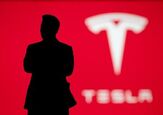
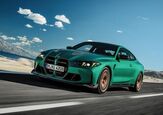









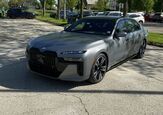












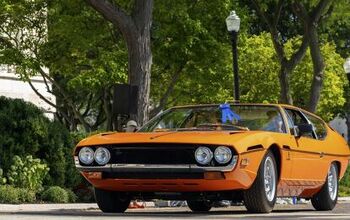
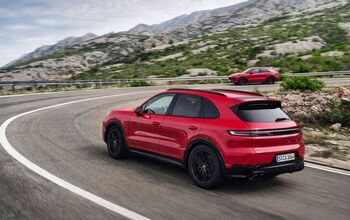
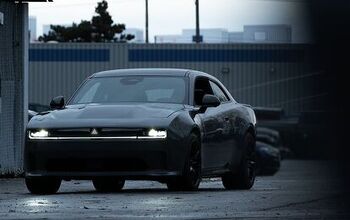
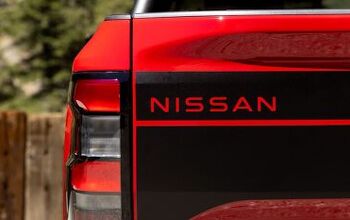
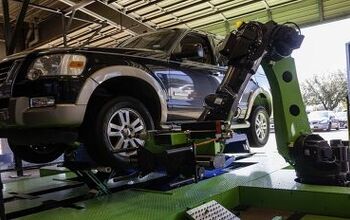

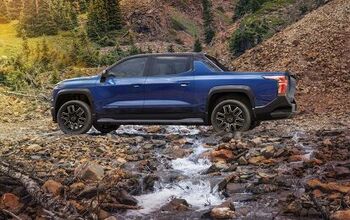
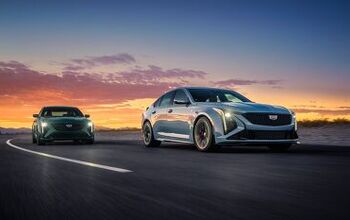
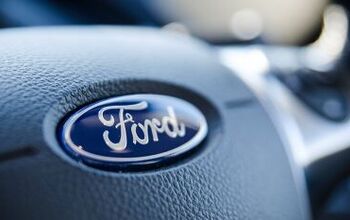
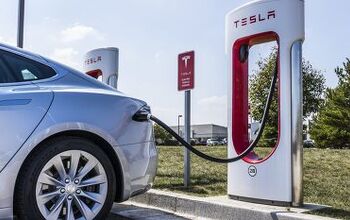
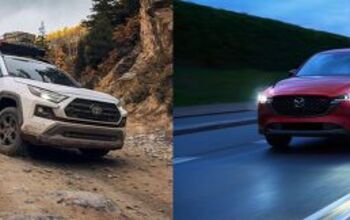






Comments
Join the conversation
And history may repeat itself as it did pre-WWII when there were many car companies that went into business and failed. It is better to have them try and some will succeed and give us more choices....
Is Elio still a thing? Feels like Byton (is that an english Y as in "Bite"un or a german Y as in "Boot"on?) and the man responsible for Elio should get together and find a way to bring something to marlet.